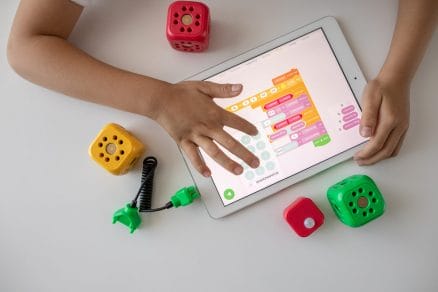Are your eyes feeling dry and uncomfortable? Don’t worry, you’re not the only one! It’s estimated that 85% of Australians have had dry eyes at one time or another, and 1 in 5 of them experience it regularly. We will delve more into this common eye condition in the following blog.
What is Dry Eye, and What Does it Feel Like?
Dry eye happens when your eyes aren’t making enough good quality tears. How does it feel? Well, it can vary. Some people feel like they have sand in their eyes and their eyes are dry, itchy, stingy, or red. Others might feel a burning sensation, blurred vision, or just feel like their eyes are tired.

Who Can Get Dry Eye?
A number of things can make you more likely to get dry eyes. It’s more common as you get older and can happen due to changes in hormones for women during pregnancy or menopause. Some health problems and medicines can also cause it. And don’t forget about your surroundings and habits! If you are in a dry climate or using air conditioning a lot, your eyes will dry up more easily. We are also seeing an increase in younger people and kids with dry eye as more of us spending more time looking at screens.

What Can You Do to Avoid Dry Eye?
Your environment and habits play a big role in dry so here are some tips to help prevent it:
- Limit your screen time and take regular breaks.
- Blink often to help refresh the tears on your eyes.
- Make sure you drink plenty of water.
- Use a humidifier or introduce a few indoor plants.
- Eat a balanced diet with food rich in OMEGA-3 fatty oil and antioxidants.
- Quit smoking.


Already Have Dry Eye? What Can We Do About Dry Eye?
First things first, we have to figure out what kind of dry eye you have and what might be causing it. This usually requires a comprehensive Dry Eye Assessment. In our Dry Eye Clinic, we use a cutting-edge machine called ‘Oculus Keratograph 5’ to provide a precise diagnosis for your dry eye. From there, we can come up with the best plan to help you feel better. The plan may involve:
- Eye Drops: We may suggest some over-the-counter dry eye drops that are the best for your type of dry eye or prescribe you a medicated eye drop when it’s necessary.
- Home Therapy: Depending on your type of dry eye, sometimes home therapy such as warm compress and lid massage can help relieve your dry eyes.
- Intense Pulsed Light (IPL) treatment: This high-tech treatment uses light therapy to help the oil glands in your eyelids work better to keep your eyes moist. Research shows that most people had less symptoms and didn’t need eye drops as much for 6 months to 3 years after a few in-office treatments.

- Blephasteam treatment: This effective in-office treatment uses heat and moisture to naturally improve your tear quality. Most of our patients get long-term comfort for at least 6 months after a few session of this treatment.
- Blephex: If your dry eyes come from an eyelid infection called blepharitis, we might need to clean your eyelids for you in the office. We use a special tool called a Blephex to do this.


